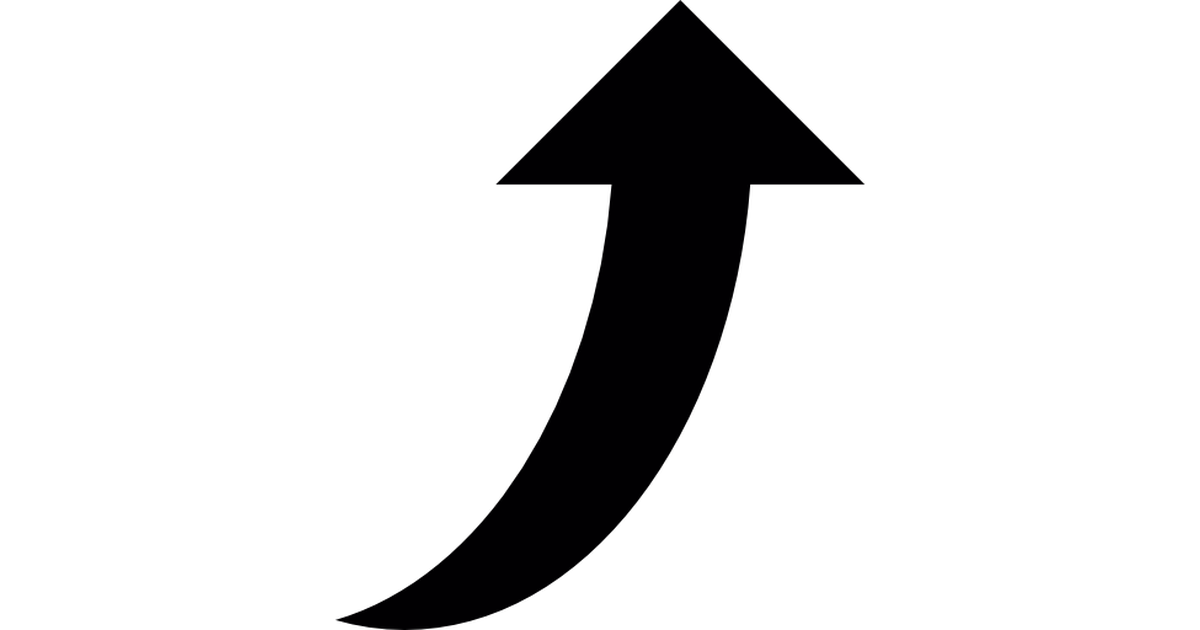Introgression patterns in Hybrid Zones between Species with Different Mating Systems
In collaboration with: Dr. Waldir Berbel-Filho

Table of contents
Current knowledge
The concept of speciation encompasses a diversity of processes critically important in biodiversity build-up. The result of speciation is the
divergence of sister lineages. From a common history, these lineages acquire independent evolutionary trajectories and fate. Some will eventually
go extinct, others will prosper and give birth to new lineages that will also ultimately diverge. This broadly describe the what has been the dynamics of life
on earth for billions of year.
Speciation is often not sudden, but rather progressive and incomplete. This opens the door for hybridization, the process by which
partially independent lineages mix up and produce hybrid lineages. If these hybrids can reproduce with their parental species (back-crossing), it allows
for these to exchange genes and share evolutionary fate to a certain extent. The patterns of exhanged genes are called introgression, and
are highly significant in evolutionary biology, biodiversity and conservation.
Hybridization and introgression often happen between closely-related lineages that have only recently diverged. These lineages are often very similar; however,
hybridization can also take place between lineages that exhibit important differences. For example, hybridization between self-fertilizers (organisms that fertilize
themselves) and outcrossers (organisms that fertilize other individuals) have been reported in many plants; at least one example is known in animals. Differences
in mating systems are expected to result in the evolution of different behavioural, physiological, and genetic traits. Looking at hybrids and introgression patterns
between such species gives us valuable information on this evolution.
One example of such evolution is the different accumulation of mutation load expected in outcrossers and selfers. In selfers, high levels of
homozygosity are expected to reveal and purge highly deleterious, strongly recessive mutations, otherwise hidden to selection in heterozygote outcrossers. As a result,
outcrossers accumulate a certain mutation load in the form of highly deleterious, strongly recessive mutations maintained at low frequency. Selfers
suffer, on the other hand, from higher genetic drift and selection interference. Both mean that slightly deleterious, codominant mutations are expected
to fix more easily in selfers than in outcrossers. In other words, selfers are expected to accumulate mutation load in the form of fixed slightly
deleterious, codominant mutations.
In this work, we ask how these different mutation loads should play out when "up against each other" in hybrids formed from selfing and outcrossing parents.
Predictions of Other Models
Previous work as hinted at predicting what should happen in such a case.
Pickup et al. emitted the argument that it would mostly depend on the hybrids'
mating system. If hybrids self-fertilize, strongly deleterious, recessive mutations born by the genome inherited from the outcrossing parent should rapidly
become homozygote and get eliminated, along with other outcrossing parent's linked genes. Reversely, if the hybrids outcross, strongly deleterious, recessive
mutations will stay hidden. This time the selfing genome should be at a loss because of the many slightly deleterious mutations it bears, and thus should get
preferentially eliminated. Overall, they thus predict limited introgression between species with different mating systems.
Kim et al. actually ran simulations and predicted that selfers'
genome should preferentially be eliminated from hybrids' inheritance as they are of worse quality. However, it is unclear to what extent the results they obtain
rely on the particular genomic set-up and parameters they use, as they do not explore parameter space.
Unexpected Results
Using SLiM, we explored parameters such as mutation and recombination rates in a theoretical genome of 100 genes to get hindsights into how would hybrids' genomes evolve in a diversity of scenarios. From these, we predict:
- Selfers and outcrossers do accumulate mutation load as presented above.
- Fitness cost of outcrossers' mutation load can be smaller than the cost of selfer's mutation load if mutation and recombination rates are large. If this is not the case, outcrosser's mutation load incurs a greater fitness costs than selfer's.
- Under realistic parameter values, we predict that most of the time selfers should have better genomes.
- Hybrids' mating system marginally matters in which genome gets preferentially eliminated over time.
- Most of the time, outcrossers' genomes should be prefentially eliminated in hybrids as they are of worse quality.
- There should preferentially be introgression of selfers' genes into outcrossers' genome than the contrary.
A diversity of evolutionary processes should lead to differences between selfers and outcrossers susceptible to influence introgression patterns between. This includes mutation load, but also behavioural/physiological differences (e.g, flowering timing) or intragenomic conflicts. We show here that arguments based on the mutation load should predict introgression from selfers to outcrossers rather than the contrary. Deviations from such patterns have the potential to further inform us about other components of the selfing syndrome, the collection of evolutionary changes that occur after a species transition from outcrossing to self-fertilization.
Published Articles
-
Influence of the mutation load on the genomic composition of hybrids between outcrossing and self‐fertilizing species
Frederic Fyon, Waldir Berbel-Filho (2022) Ecology and Evolution 13(9): e10538
DOI: 10.1002/ece3.10538
